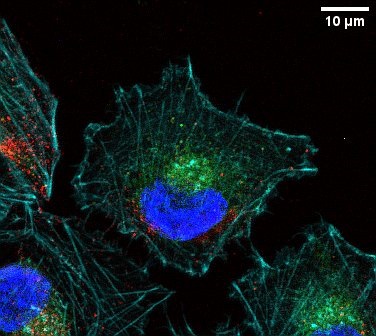New Research Reveals Daily Adaptation in Prehistoric Plankton Species

In a groundbreaking study, scientists at the University of Southampton have unveiled a novel approach to analyzing prehistoric plankton, specifically foraminifera, which could significantly enhance our understanding of evolutionary biology. The research, published on July 1, 2025, in the Proceedings of the National Academy of Sciences, demonstrates how these ancient organisms adapted to their environments on a daily basis, providing insights into the interplay between evolutionary change and environmental factors.
Foraminifera, tiny marine organisms with shells made of calcium carbonate, have existed for millions of years and are pivotal to the fossil record. This new methodology employs advanced three-dimensional (3D) scanning techniques, akin to medical CT scans, to examine these minuscule shells—approximately the size of a grain of sand. The innovative combination of CT imaging with chemical analysis via laser ablation enabled researchers to discern the individual growth patterns and environmental conditions experienced by these organisms throughout their lifespans.
Dr. Anieke Brombacher, the lead author of the study, stated, "The fossil record provides the most powerful evidence of biodiversity change on Earth, but it traditionally does so at a scale of thousands and millions of years. Our new approach lets us read the pages within each chapter, revealing how individual organisms adapted to their changing environments, not over generations, but within their lifetimes."
The research team’s findings indicate that temperature plays a crucial role in the growth rates of foraminifera. Dr. Brombacher pointed out that one species demonstrated a faster growth rate in warmer conditions, suggesting that temperature may be a more significant determinant of growth than age. This adaptability could allow these organisms to thrive in diverse habitats, enhancing their resilience against environmental changes.
In addition to the implications for understanding prehistoric plankton, the techniques developed in this study may also be applicable to other fossilized creatures such as ammonoids and corals, which also record their environmental histories in their structures. Prof. Thomas Ezard, a supervising author from the University of Southampton, highlighted the interdisciplinary nature of this research: "By bringing together experts and facilities across the University, we've made significant progress on a foundational question in biology that would not have been possible within a single discipline."
The research is part of a broader initiative aiming to analyze a larger sample of approximately 2,000 plankton specimens to determine whether a species' adaptive flexibility correlates with its potential to diverge into distinct species over time. Funded by the Natural Environment Research Council (NERC), this study marks a significant advancement in the field of paleobiology, as it opens new avenues for investigating the impacts of environmental changes on evolutionary processes.
Overall, these findings underscore the importance of understanding how historical organisms adapted to their environments, providing valuable insights into the evolutionary mechanisms that continue to shape biodiversity today. The implications of this research extend beyond the realm of paleontology, as it contributes to the ongoing discourse regarding the adaptability of species in response to environmental stressors—a topic increasingly relevant in the context of modern climate change.
Advertisement
Tags
Advertisement





